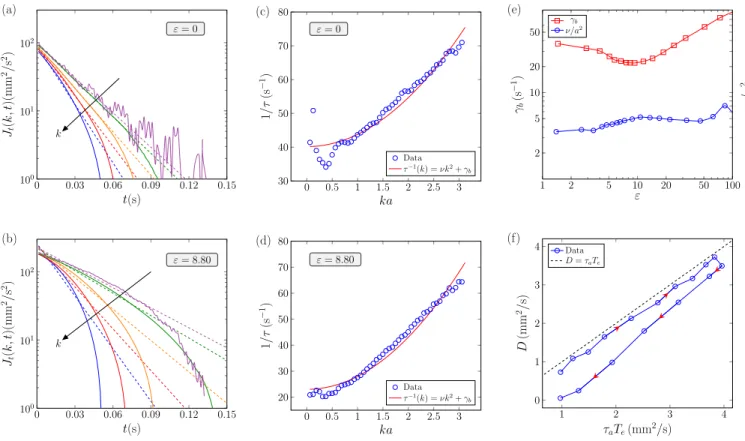Tuning the distance to equipartition by controlling the collision rate in a driven granular gas experiment
Texte intégral
Figure



Documents relatifs
To apply the resulting large deviation principle, we considered a special case of the fast field being a complex Ornstein-Ohlenbeck process with the the rotational component of
An original feature of the proof of Theorem 2.1 below is to consider the solutions of two Poisson equations (one related to the average behavior, one related to the
Exact rate of convergence of some approximation schemes associated to SDEs driven by a fractional Brownian motion.. Calcul stochastique g´en´eralis´e et applications au
In particular, the following questions have been addressed regarding steady solutions of kinetic equations of the type (1.1): (1) Existence [15, 11], (2) Uniqueness in some
In this regime, granular matter sometimes seems to behave like an molecular gas in which particles follow er- ratic motions, but several experiments have displayed striking
The proofs of Theorems 2.1 and 2.2 are based on the representations of the density and its derivative obtained by using Malliavin calculus and on the study of the asymptotic behavior
() Mean number of ejected beads and ( 䊐 ) ratio of mean number of ejected beads to the fraction of kinetic energy transferred to the packing as a function of the impact angle i..
The proofs of Theorems 2.2 and 2.5 are based on the representations of the density and its derivative obtained by using Malliavin calculus and on the study of the asymptotic behavior